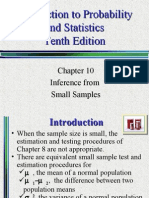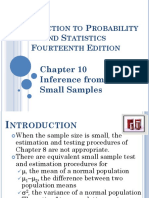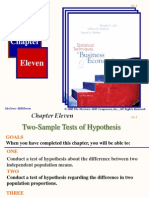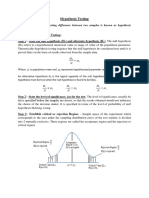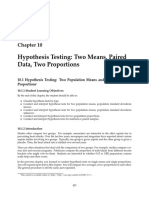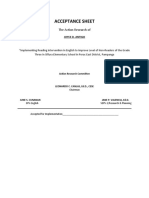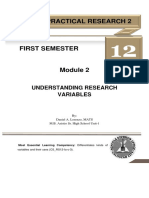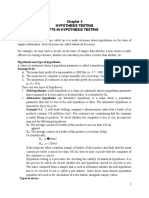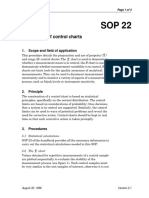0% found this document useful (0 votes)
17 views16 pagesWeek 11 Lecture
The document outlines hypothesis testing for two population parameters, including means, proportions, and variances. It details the conditions required for valid large-sample inferences, the formulation of hypotheses, and the calculation of test statistics for each case. Examples illustrate the application of these concepts in real-world scenarios, such as advertising effectiveness and route time variability.
Uploaded by
otabekolimov05Copyright
© © All Rights Reserved
We take content rights seriously. If you suspect this is your content, claim it here.
Available Formats
Download as PDF, TXT or read online on Scribd
0% found this document useful (0 votes)
17 views16 pagesWeek 11 Lecture
The document outlines hypothesis testing for two population parameters, including means, proportions, and variances. It details the conditions required for valid large-sample inferences, the formulation of hypotheses, and the calculation of test statistics for each case. Examples illustrate the application of these concepts in real-world scenarios, such as advertising effectiveness and route time variability.
Uploaded by
otabekolimov05Copyright
© © All Rights Reserved
We take content rights seriously. If you suspect this is your content, claim it here.
Available Formats
Download as PDF, TXT or read online on Scribd
/ 16



